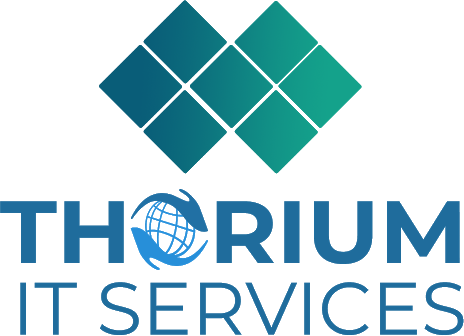HIPAA Compliance in Medical Software Development
To ensure the security of any medical device or a medical software product, HIPAA is one of the most important factors that need to be taken into account. When it comes to the healthcare industry, it is highly important to secure patient data and other sensitive information like health records, patient identity, etc.
Following measures can be taken to ensure your HIPAA compliance in the healthcare software:
Data Encryption: This refers to translating the patient data in transit and at rest into a form that cannot be read or decrypted by unauthorized users. There is a special encryption key required which decrypts the information making it readable and understandable. Some of the common data encryption types are file level and block level.
Data Access Control Measures: Various data access control measures can be taken for example setting up user roles, action permission, user authentication, automatic log-off, or access rights. With the help of these measures, user roles can be established to provide access to the system to particular people. This will result in minimizing the leakage possibility while achieving high patient data privacy.
Security Audit Procedures: Security measures like continuous system monitoring, vulnerability assessment, penetration testing can be done on a regular basis to ensure data safety.
Securing Mobile Application
Several healthcare companies and hospitals are opting for the mobile application to provide better and enhanced customer experience through online services. These applications enable patients to book appointments or get medical consultations without visiting the hospital. While it makes things easier, the security of patient data and records can prove to be troublesome. This can be avoided by insurance HIPAA compliance using the following methods:
- Providing password or pin code protection.
- Establishing user roles like the patient, physician, admin, etc. with restricted permission settings.
- Verification code required while logging in.
- Establishing secure communication channels like video conferencing, images, or voice messages by using in-transit data encryption
HIPAA compliant software does not ensure the compliance of the entire organization. To make the entire organization HIPAA compliant, an environment needs to be created where the safeguards of internal processes are set up. It is recommended to avoid any HIPAA violations with compliant software to avoid multi-million dollar fines.






